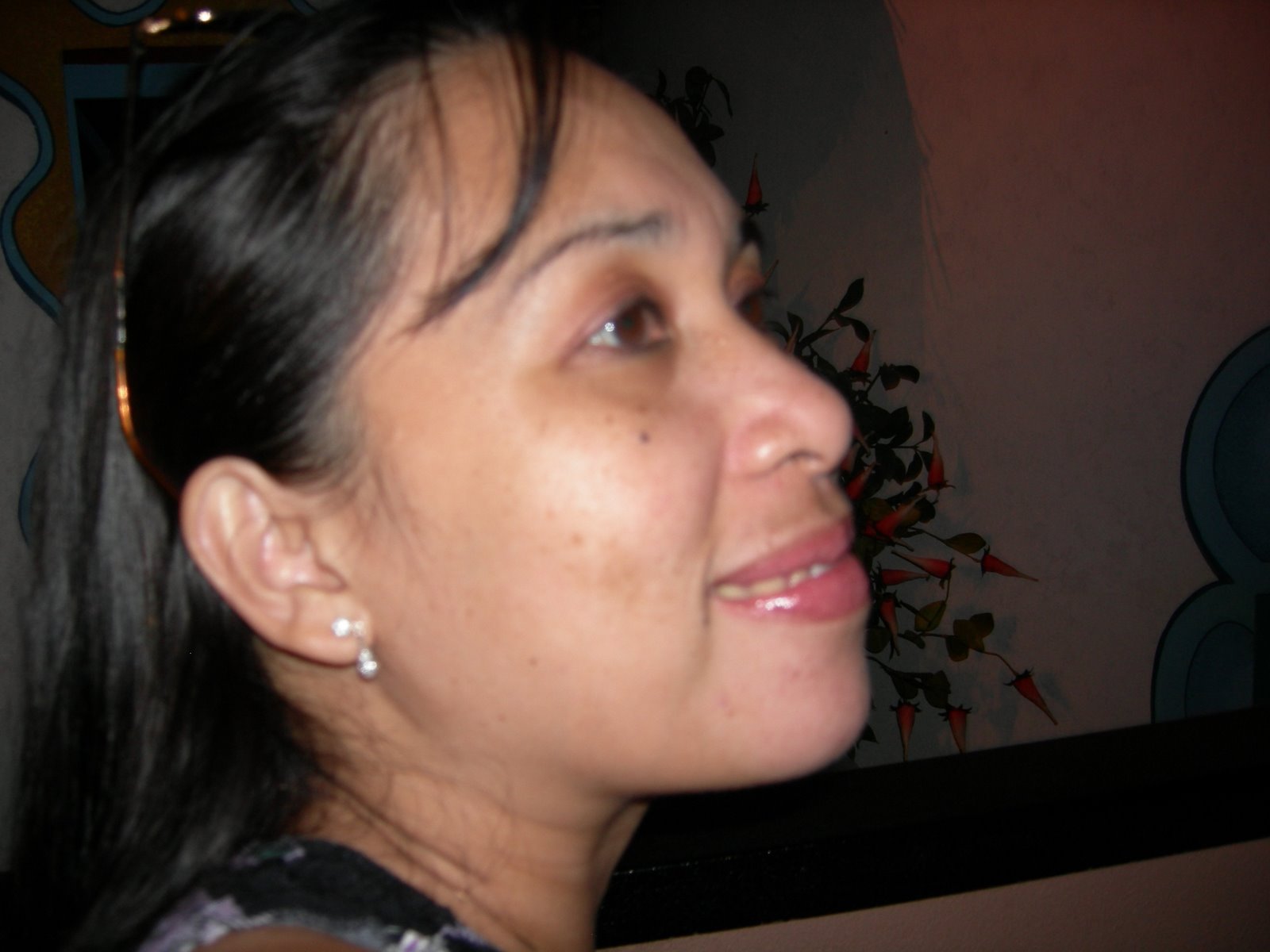While traveling the Oregon coast, don't miss dropping by at the Sea Lion Caves in Florence, OR along Highway 101.
It is here where you can witness the natural and wild habitat of the sea lions where not only you can enjoy but for your little tots as well!
These sea lions (also called Stella sea lions) are warm-blooded mammals and are wild, so their manners are often unpredictable when it comes to choosing their place to stay. They can make their homes either inside the cave and/or outside on top of rocks. If you will be lucky enough to get the chance to see them hanging out inside the cave, then you are allowed to join the tour going to elevator which carries you down more than 200 feet into the world's largest cave!
These caves are formed over 25 million years ago, soaring as high as a 12-story building and as wide as a football field. It has been taken with great care and undisturbed for these magnificent creatures to enjoy their habitat!
 |
| courtesy photo of sealioncaves.com |
So, if you are both a nature and animal lover, this place is a "must-see" as you will be seeing the sea lions in their natural home!
The Sea Lion Caves is also open year round and is considered to be the "treasure of the Oregon Coast", and America's largest sea cave!
Don't forget to bring your camera and don't miss taking your photos with the sea lion sculpture, or perhaps some "neighbors" that sometimes hang out close to the caves such as the Cormorants or Guillemot pigeons; - or perhaps take lots of scenic vistas, including the Heceta Head Lighthouse from the north of the caves.
There are still many ways to see various things and wonderful views, as well as hearing delightful sounds as you slowly walk along a gently-sloping walkways! 😊👌😉🌸























































